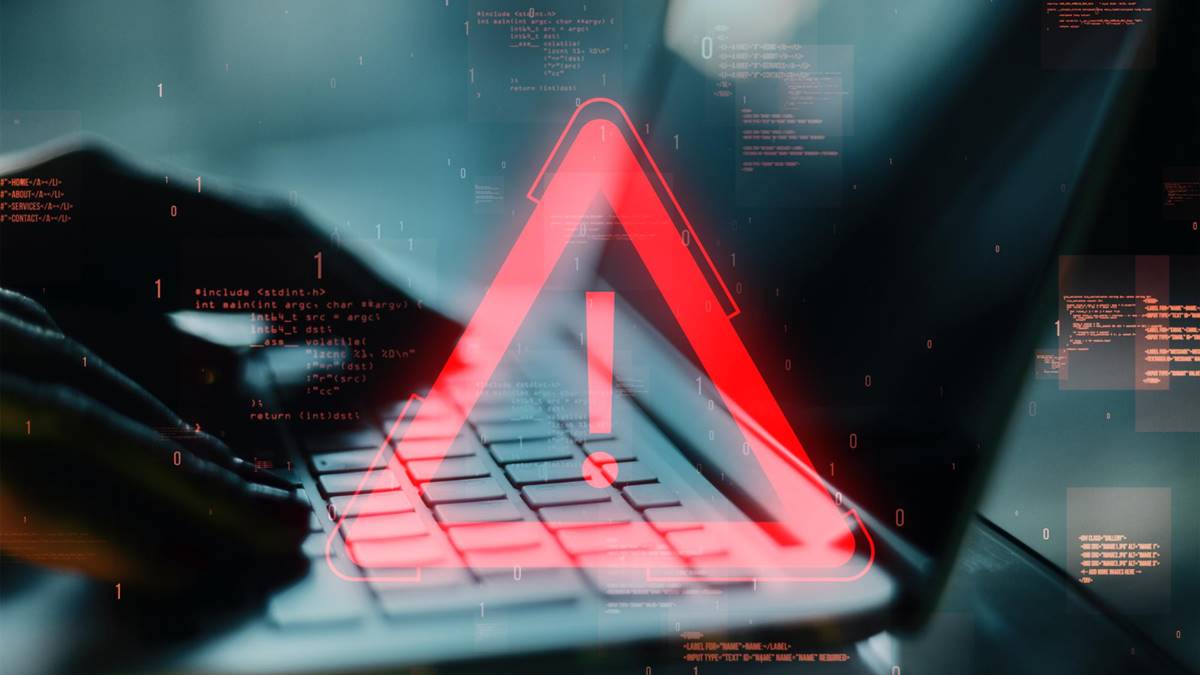In a world where digital infrastructure underpins every business process—from payroll and procurement to product delivery and customer engagement—cybersecurity has evolved from a technical concern into a boardroom-level priority. Executives and decision-makers are expected to not only invest in protection, but also prove that their organization is resilient.
One of the most effective and measurable ways to validate cyber readiness is through professional penetration test services. These are not routine scans or compliance checklists. They are controlled, real-world simulations of cyberattacks—designed to expose weaknesses before adversaries can exploit them.
The business case for real-world security testing
For many companies, cybersecurity spending remains focused on tools: firewalls, antivirus, EDR, and SIEM solutions. These are essential. But tools only go so far without context. They cannot answer questions like:
-
Can an attacker access our customer data if a single account is compromised?
-
Could ransomware spread from a test server to our core systems?
-
Are we truly prepared for the techniques attackers are using today—not two years ago?
Penetration testing answers these questions. It goes beyond compliance. It reveals how vulnerable your operations truly are and how fast you could detect and respond to a breach.
For executives, that translates into risk clarity—the foundation for sound, data-driven security investments.
Not just a tech task: pentesting as strategic insight
At its core, a penetration test is an exercise in simulation. Ethical hackers act like real attackers—mapping systems, probing for weaknesses, attempting to escalate privileges, and determining how far they can go before being stopped. All of this is done within the parameters agreed upon by the organization, ensuring no business disruption.
What sets high-quality services apart is business context. Top-tier providers don’t just report technical flaws—they explain how those flaws can lead to operational downtime, financial loss, or reputational damage. They connect the dots for decision-makers.
Examples of real outcomes from recent tests:
-
A retail company discovered that exposed admin panels could allow price manipulation in live inventory systems.
-
A logistics firm learned that legacy VPN misconfigurations could grant attackers access to delivery routing software.
-
A financial services provider found that MFA was inconsistently enforced across branches—creating a silent backdoor into customer records.
These are not theoretical risks—they are real vulnerabilities discovered through professional testing.
What a modern penetration test includes
While each engagement is tailored, a typical penetration test service will assess the following:
-
External infrastructure: Can attackers reach your systems from the internet?
-
Internal networks: If one device is compromised, how far can the attacker move?
-
Applications and APIs: Are your platforms secure against injection, misconfigurations, or logic flaws?
-
Identity and access control: Are privileged accounts protected with strong authentication and auditing?
-
Cloud architecture: Are cloud misconfigurations exposing sensitive data or control interfaces?
The deliverable? A detailed, executive-friendly report that outlines:
-
What was tested and how
-
What vulnerabilities were found and how critical they are
-
What an attacker could have achieved
-
How to remediate each issue—prioritized by risk
This gives leadership a roadmap for closing gaps before they become incidents.
Compliance is evolving—so must validation
Regulations such as PCI DSS 4.0, ISO/IEC 27001, SOC 2, and NIS2 increasingly require organizations to demonstrate not only that they have controls in place—but that those controls are effective.
Penetration testing supports this by:
-
Validating technical and process-level defenses
-
Offering independent assurance for auditors and stakeholders
-
Supporting cyber insurance eligibility and claims processes
-
Fulfilling customer security requirements, especially in B2B partnerships
What’s more, the results of a pentest often inform long-term strategic decisions—such as whether to modernize legacy systems, restructure access controls, or revise incident response protocols.
Choosing the right partner matters
Penetration testing is not a commodity. The value depends entirely on the expertise of the team and the clarity of the results. This is why www.superiorpentest.com has become a trusted name in the field.
Their approach is built on:
-
Manual, human-led testing, not just automated scanning
-
Certified professionals (OSCP, OSCE, CISSP) with real-world experience
-
Business-aware reporting tailored to both technical and executive audiences
-
Retesting and support, ensuring remediation efforts are successful
Whether your organization is preparing for an audit, migrating to the cloud, or reviewing its cyber maturity, Superior Pentest helps you turn uncertainty into understanding—and understanding into action.
What leadership gains from penetration testing
At the executive level, penetration testing delivers several strategic advantages:
-
Risk quantification: Know which weaknesses matter most.
-
Operational assurance: Validate that security investments are working as expected.
-
Faster response capability: Identify detection and containment gaps.
-
Stakeholder trust: Demonstrate proactive responsibility to clients, regulators, and partners.
-
Crisis avoidance: Catch high-impact issues before attackers do.
It transforms cybersecurity from a cost center into a competitive advantage.
The time to test is before the breach
Cybersecurity breaches often begin with small oversights—a forgotten server, a poorly secured API, a reused password. The earlier you uncover those gaps, the less likely they are to become headlines.
Penetration test services help organizations move from reactive to proactive. From uncertain to informed. From vulnerable to resilient.
Because in today’s digital business world, knowing your risks is not optional—it’s essential.
